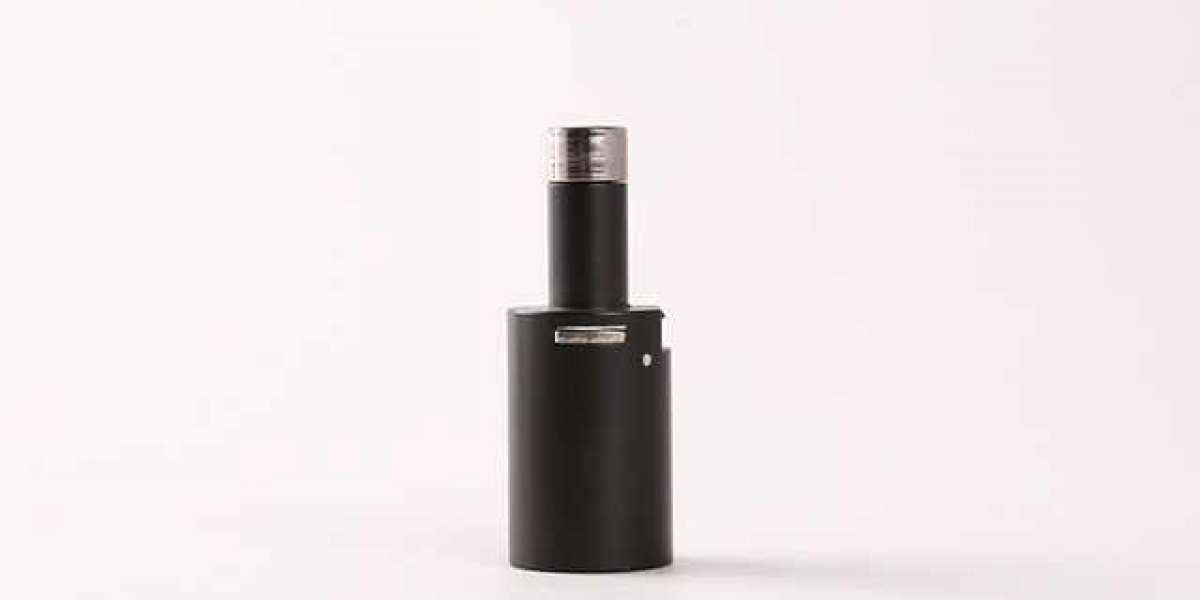In the process of die casting, how hot does the metal get? Everything depends on the kind of metal you cast with and how closely you stick to the temperature standards for die casting. Does it make a difference what temperature the die casting mold is at? Without a doubt, you are correct in thinking that. If you want to get rid of defects and other problems that are caused by die casting, controlling the temperature of the die casting process is an important issue to address.
When it comes to temperature, it is essential to have an understanding of the differences between the various metals that are used in die casting, as well as the repercussions of having inadequate temperature control when die casting
In addition, it is essential to have an understanding of the differences between the various metals that are used in die casting, as well as the temperature itself
The Effects That Temperature Has On The Die Casting Process
When subjected to an increase in temperature, die-casting alloys, in general, will exhibit a reduction in both their tensile and yield strengths. In the event that your undertaking calls for components that have a high tensile strength, it is essential that you keep this fact in mind. In addition, ductility increases with temperature, although the degree to which it does so can change depending on the alloy that is being die cast. For instance, aluminum is less ductile than zinc, but the process temperature needs to be higher when working with aluminum.
Temperature's Importance in the Die Casting Process
Die casting is a process that involves a number of thermal considerations. These considerations include the temperature of the alloy that is being cast, the temperature of the die that is being used, and the temperature of the machine that is performing the die casting. It is absolutely necessary that all of these conditions be kept within the appropriate temperature range in order to ensure the highest possible quality of the parts. If the temperature of the molten metal is too high for the mold, it could cause premature heat checking on the steel of the mold, which would, in the end, result in the mold being damaged. If the temperature of the mold is too low, it may cause the temperature of the metal to drop too quickly as it flows into the mold. This may lead to defects, the most notable of which is an increase in the amount of porosity or misruns on the casting surface. If the temperature of the mold is high enough, it may cause the metal's temperature to drop too slowly as it flows into the mold.
Die casting factors to consider in relation to temperature
The temperature of the alloy needs to be approximately 50 to 70 degrees Fahrenheit higher than the temperature at which it first crystallized in order to achieve the desired results. In this way, the mold won't be subjected to an excessive amount of stress. It is imperative that the temperature of the mold itself be maintained at a level that is approximately one third of the temperature of the alloy. In order to determine what temperature should be set for the casting chamber, the casting engineer will have to perform a series of complex calculations.
The Effect of Temperature on the Properties of Several Different Types of Die Casting Metals
What kinds of changes do different temperatures bring about in the properties of the metals that are used in the process of die casting? The examples that follow are some that are instructive:
Aluminum
Aluminum is almost always one of the most frequently selected materials for use in die casting of metals. It is not only easy to transport but also very long-lasting and has a high level of protection against corrosion. Aluminum alloys with the numbers 360, 380, and 413 are the ones that are used in die casting the most frequently.
At a temperature of 75 degrees, the tensile strength of aluminum 380 is estimated to be 48, while the yield strength is estimated to be 24. The tensile strength increases to 45 KSI (Kips Per Square Inch) when the temperature is raised to 212 degrees Fahrenheit, whereas the yield strength stays the same at 24. When the temperature is increased to 500 degrees, the yield strength of aluminum 390 drops from 41 KSI to 18 KSI.
Zinc
Another alloy that is frequently utilized in die casting is zinc, which is a metal. There are many different types of zinc alloys, but three of the most common and widely used are called Zamak 3, 5, and 7.
When heated to a temperature of 275 degrees, these alloys produce a KSI that is on average no higher than 10, but when heated to a temperature of 75 degrees, they produce a KSI that is on average 40. When the temperature rises, the yield strength of other zinc alloys decreases in a manner that is comparable to what is seen with the original alloy.
Premier Engineered Products Developed the Standards for Temperature Control Die Casting
When it comes to die casting, Junying takes the issue of maintaining temperature control very seriously and treats it as one of the most important problems they face. Die casting is our primary casting method, and we have a great deal of experience ensuring that both our materials and casting equipment are maintained at the temperature that is most suitable for die casting. Our primary casting material is aluminum. Die casting is our primary casting method. During the process of die casting, we also make use of cutting-edge technology, such as Mokon hot oil units, to maintain a consistent temperature in the die.
In addition, our die casting machines come outfitted with thermal controls, which allow us to keep the oil at the appropriate temperature. On the other hand, our holding furnaces ensure that the metal is kept at the appropriate temperature at the die casting machine. Our die cast machine cells were designed to assist us in maintaining extremely accurate temperature control over the entirety of the die casting environment. This was accomplished in collaboration with a team of metalworking engineers who are well-versed in critical temperature ranges and temperature control. Our die cast machine cells were instrumental in the completion of this task.



